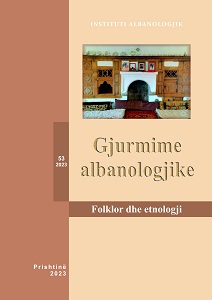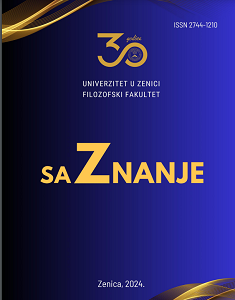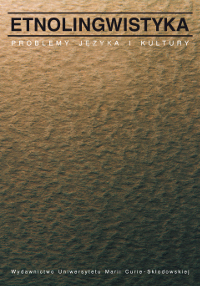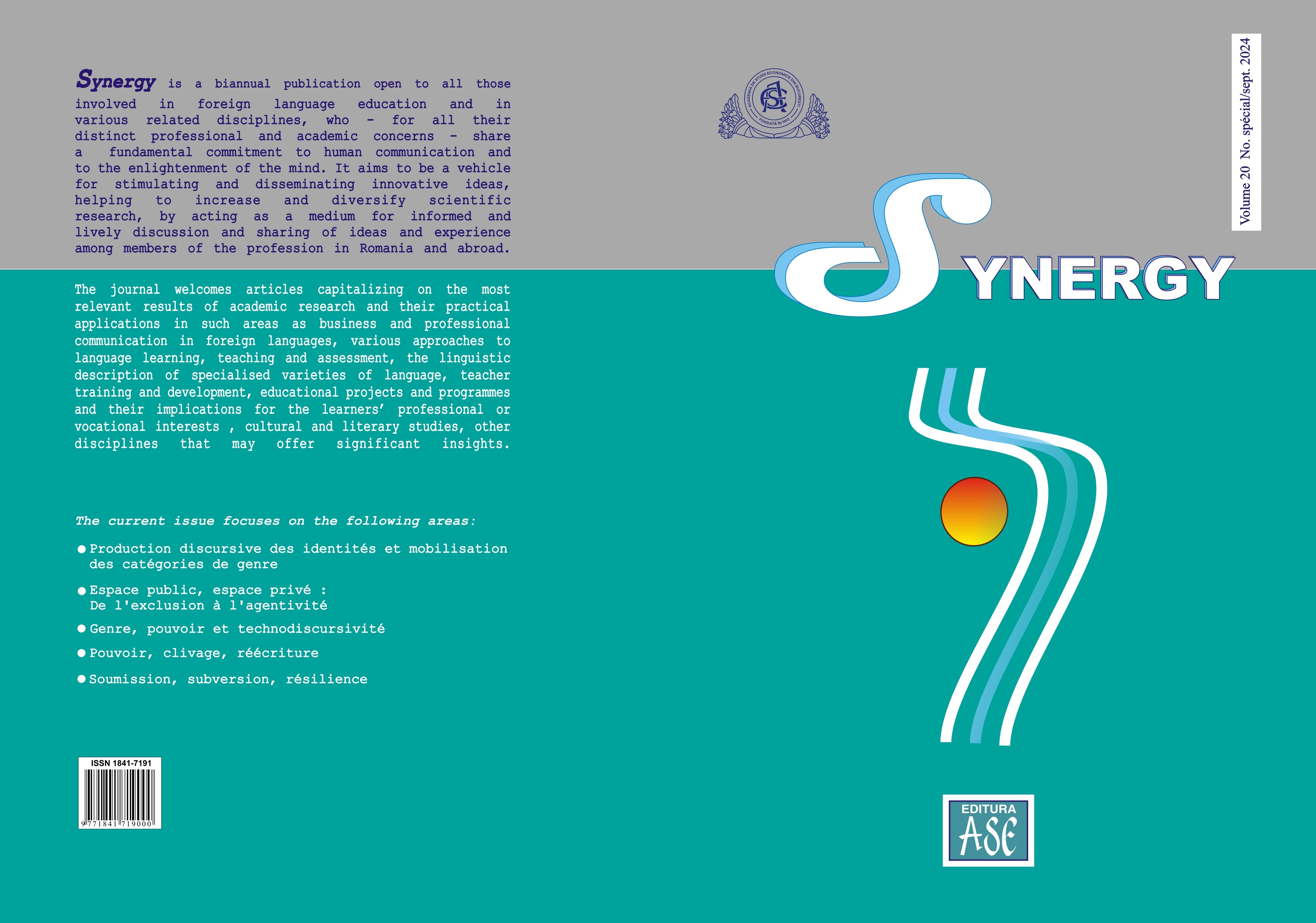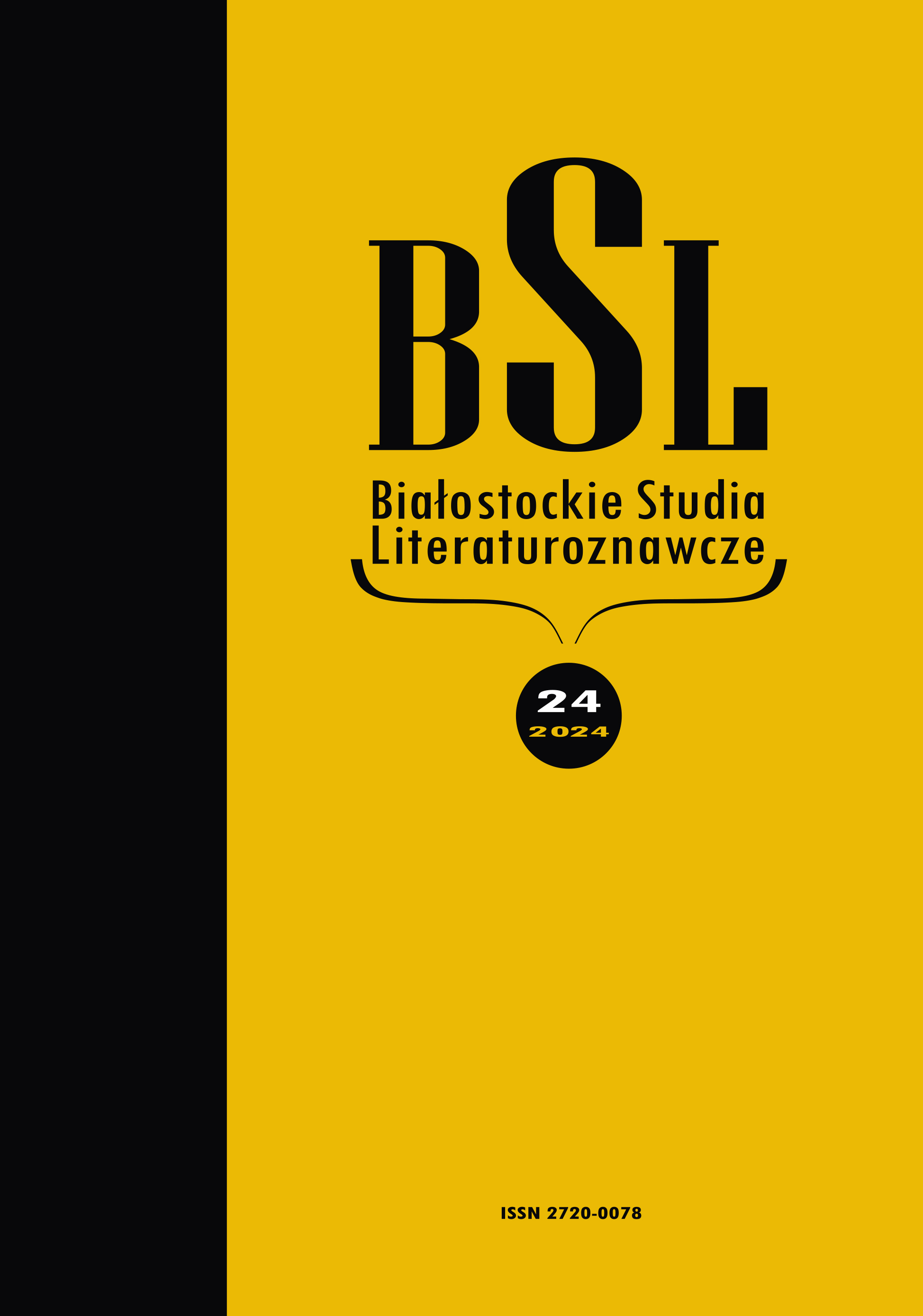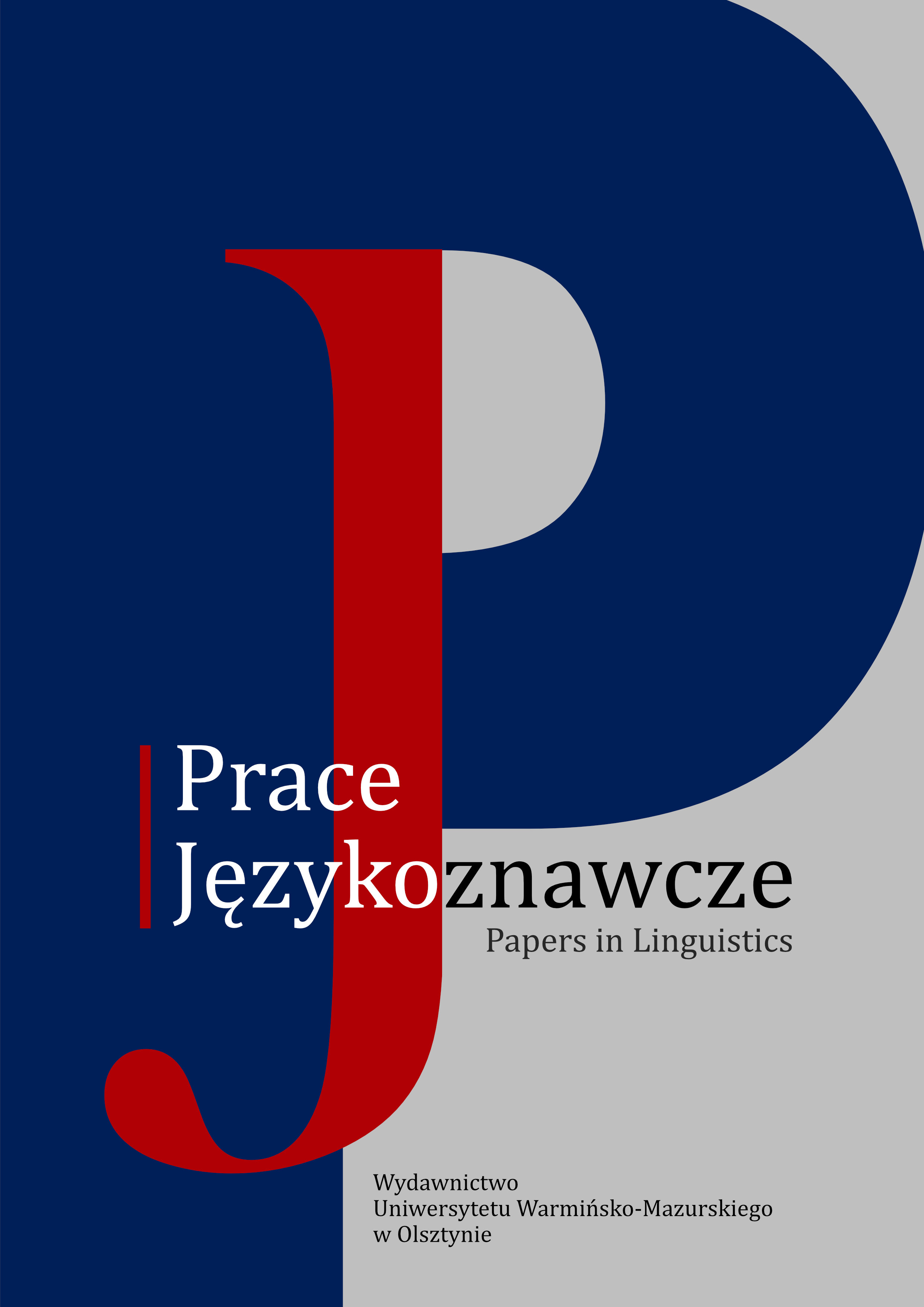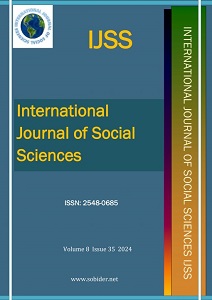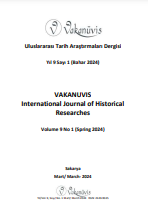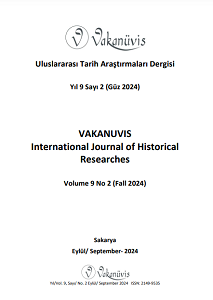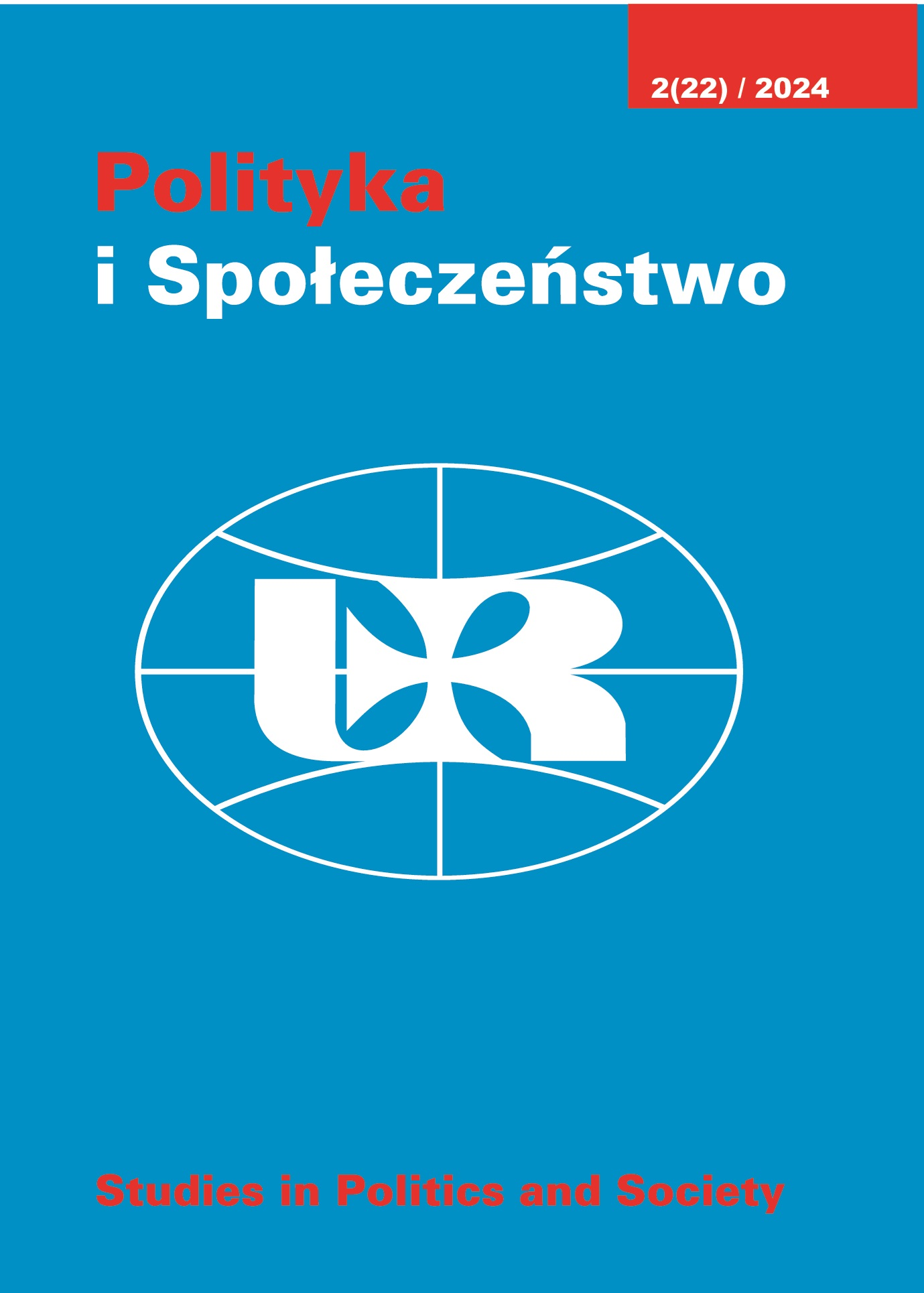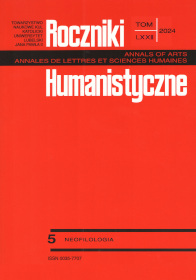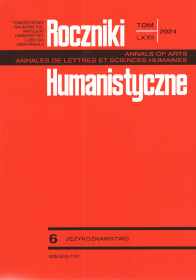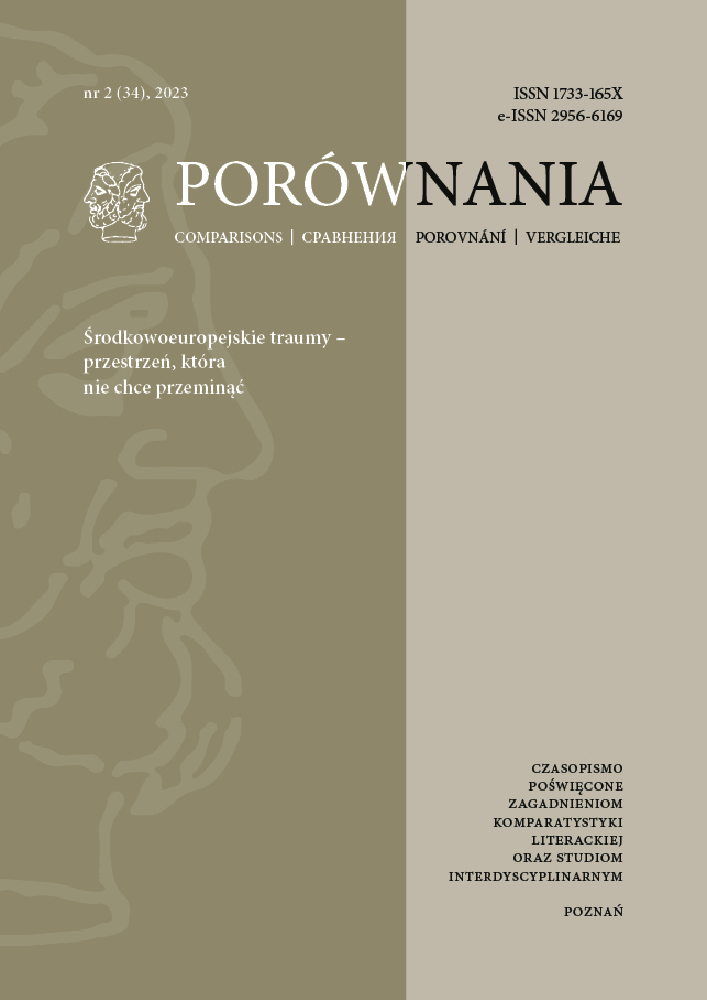Author(s): Murat Özkan / Language(s): Turkish
Issue: 2/2024
Travel notes are a type of literature that includes the travel adventures, natural beauties, interesting events, economic-social relations in daily life and the observations of individuals from different cultures and civilizations. Although they are used as primary sources in historical research, they may be subject to criticism due to exaggerated statements, personal evaluations and erroneous information. With the popularization of social history research in recent years, works in the genre of travelogues have begun to be among the important sources in historical-cultural research. Despite the studies on the works of Western travelers, the memoirs of Russian travelers, researchers, missionaries or tourists, who were important interlocutors in the late Ottoman Empire, including their experiences in and around Istanbul, have not been sufficiently studied in Turkey. From the early eighteenth century onwards, Istanbul and the Ottoman geography, which captured the imagination of the Russian tsars, were among the priorities in foreign policy as Russian leaders saw themselves as the heir to Byzantium and the sole protector of Orthodoxy. For this reason, many state officials and travelers were sent from Russia to Istanbul. By the nineteenth century, traveling to Istanbul, one of the leading capitals of Eastern culture and civilization, had become a fashion among the Russian intelligentsia and upper class. This study aims to provide important information about the daily life, social life and religious atmosphere of Istanbul based on the travel notes of the Archbishop of Kazan Nikifor Timofeyevich Kamenskiy, who visited Istanbul in 1888.
More...
